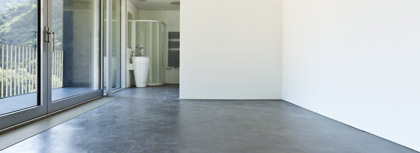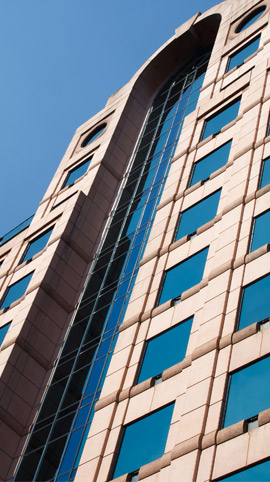Construction Boom Bodes Well for the Industry
Even a quick glance at projections for construction growth and concrete use tells the tale: all signs are pointing up.
From infrastructure projects to commercial buildings, multi-family high rise to single family detached homes, virtually all sectors of the building industry expect to see continued growth in the high single or even double digits this year, and in the near future. The American Institute of Architects’ (AIA) Consensus Construction Forecast projects that overall construction spending will grow by 9% in 2015.
We’ll take a look in future issues of ConformInform at what the future holds for all these sectors. Here, we’re going to focus on what is possibly the hottest market of all — multifamily housing.
Spotlight: High Growth Anticipated in Apartments Market
The U.S. Census Bureau reports that approximately one in three new housing units being built is rental apartments — the highest level in 40 years. As of May 2014, buildings with five or more units comprised 35% of all residential housing under construction, according to Forbes.
And just as fast as those units go up, they’re being filled — largely by millennials who want to live in conveniently located, vibrant communities where jobs, shopping, restaurants, public transportation and gathering places are just steps away.
The result is a boom in the rejuvenation of city centers and the creation of whole new districts populated by high-rise residential and commercial buildings — construction that requires concrete.
The Portland Cement Association (PCA) expects cement consumption to increase by almost 10% in 2015. And while much of that growth is fueled by commercial construction, the use of precast and on-site concrete construction is also seeing growth in the residential sector.
But in addition to the traditional uses of concrete in high-rise residential buildings—such as parking garages and building exteriors—new uses are on the rise, from decorative floors to interior fixtures.
| 2015 Projections | |
| Total U.S. construction starts for 2015 will rise 9% to $612 billion | a larger gain than the 5% increase to $564 billion estimated for 2014. |
| Commercial building | will increase 15% |
| Institutional building | will advance 9% |
| Single-family housing | will rise 15% in dollars, corresponding to an 11% increase in units to 700,000 (Dodge) |
| Multifamily housing | will increase 9% in dollars and 7% in units to 405,000 (Dodge basis) |
| Public works | construction will improve 5%, a partial rebound following the 9% decline estimated for 2014 |
Market Segment Consensus Growth Forecasts
| Commercial, Industrial | 2014 | 2015 |
| Hotels | 13.1% | 9.2% |
Retail
| 10.5% | 11.5% |
| Office Buildings | 9.2% | 10.8% |
Industrial Facilities
| 7.8% | 8.7% |
| Institutional | 2014 | 2015 |
| Amusement, Recreation | 9.9%
| 7.5% |
| Healthcare Facilities | 5.2%
| 7.8%
|
| Education | 2.8% | 5.8% |
| Public Safety | -0.2% | 3.1%
|
| Religious | -1.7% | 1.3% |
Source: AIA
 At Arclin we’re always looking for ways to make great products even better, to find new applications for proven chemistries, to put our expertise and knowledge to work in new markets.
At Arclin we’re always looking for ways to make great products even better, to find new applications for proven chemistries, to put our expertise and knowledge to work in new markets.

